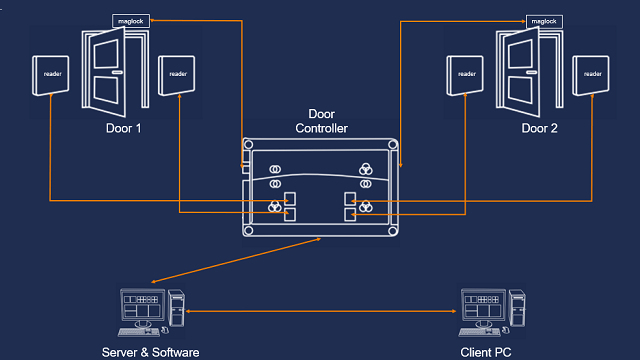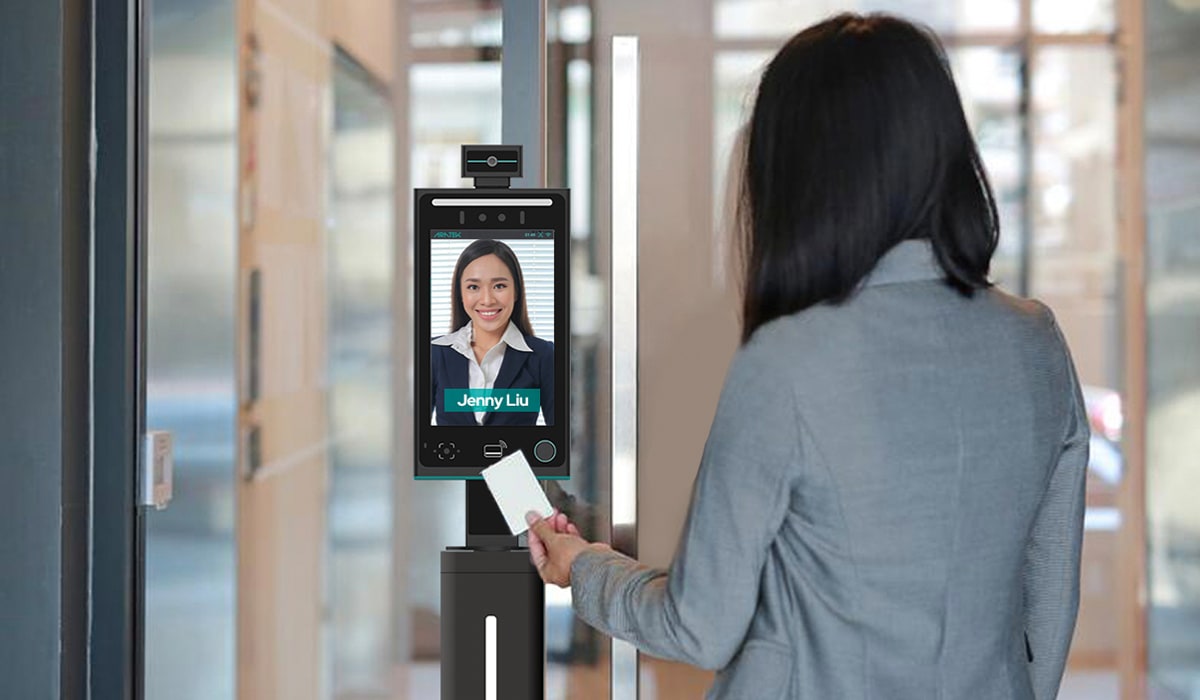Building Access Control Systems: A Practical UK Guide for XS Controls
Building owners, facilities managers and security teams across the UK face evolving threats and operational pressures. Investing in robust building access control systems protects people, property and sensitive data while making day-to-day operations smoother. This guide explains practical choices, compliance considerations, procurement tips, and why XS Controls is a good partner for UK projects.
What are Building Access Control Systems?

Building access control systems are electronic security solutions that regulate who can enter and move within buildings. They can be as simple as a standalone door controller or as advanced as a cloud-hosted platform integrating card readers, mobile credentials, biometrics, turnstiles and visitor management. Modern solutions record audit trails, enforce time-based rules and integrate with CCTV and alarms for a coordinated response.
Key Benefits for UK Sites
Organizations choose building access control systems to reduce theft and unauthorized access, demonstrate compliance with policies, and create searchable logs for investigations. Replacing mechanical keys with digital credentials reduces administrative overhead and security risks tied to lost or copied keys. These benefits are especially relevant for multi-site operators, managed offices and residential blocks.
Core Components Explained

Typical building access control systems include:
- Readers and credentials (cards, fobs, NFC/phone)
- Controllers and door hardware (electric strikes, maglocks)
- Management software (on-premise or cloud)
- Integration with CCTV, alarms and fire systems
Selecting certified hardware and trusted installers helps ensure reliability and adherence to British installation standards.
Smart, Mobile and Cloud Trends
Cloud-first building access control systems enable remote administration, rapid credential changes, and simple multi-site control from a single dashboard. Mobile credentials turn smartphones into keys and reduce physical touchpoints — a helpful feature for modern workplaces. Cloud platforms also unlock analytics on peak access times and occupancy, which can inform staffing and space planning.
Design & Risk Assessment
A proper site survey underpins successful building access control systems. Surveys map entry points, fire exits, disabled access, and delivery routes. Risk-based zoning (public, staff-only, high-security) and time-limited permissions reduce exposure without obstructing operations. Testing emergency egress and battery backups is essential for safety compliance.
Choosing the Right Architecture
Decide between standalone, networked or cloud-hosted building access control systems based on scale, budget and IT resources. Standalone systems are cost-effective for single doors; networked controllers suit campus sites; cloud solutions excel for multi-site fleets and remote management. Prioritise open standards and integration-friendly platforms to avoid vendor lock-in and to support future upgrades.
Installation, Commissioning & Maintenance
Professional installation prevents common failure points such as incorrect door timing, poor cable management, or incompatible firmware. Commissioning should include user training and a clear credential lifecycle process. Ongoing maintenance and timely firmware updates keep building access control systems resilient against evolving threats. XS Controls offers SLA-backed maintenance plans to ensure uptime.
Compliance & Best Practice
Follow recognised UK standards and codes of practice for access control design and installation. Maintain audit logs, perform access reviews when staff change roles, and document emergency procedures. Work with accredited installers and choose hardware with supported security updates. bsia.co.uk+1
Sector Use-Cases
Common sectors that benefit from building access control systems include:
- Commercial offices: role-based access, meeting-room control, and contractor workflows.
- Education: time-limited student and staff access, safe evacuation routes.
- Healthcare: hygiene-friendly readers and strict credential management.
- Residential blocks: parcel lockers, visitor management and concierge integration.
Integration & Cybersecurity
Networked and cloud-hosted building access control systems must be treated as critical IT assets. Protect management interfaces with MFA, keep firmware current, segment access control traffic on separate VLANs, and monitor logs for suspicious activity. Integration with video and intrusion systems creates richer incident context but expands the attack surface — plan integration projects with IT and security teams to maintain strong controls.
Migrating from Legacy Systems
When replacing legacy mechanical or proprietary electronic locks, map existing keys and credentials, schedule phased cutovers door-by-door, and import user databases where possible. Communicate credential changes to staff and contractors to avoid operational disruption. A staged migration reduces risk and helps maintain business continuity.
Quick Selection Checklist
Use this checklist when assessing vendors for building access control systems:
- Do they provide site surveys and risk-based design?
- Is hardware certified and supported with security updates?
- Can the system integrate with CCTV and alarms?
- Are remote management and mobile credentials supported?
- What SLAs and maintenance services are offered?
FAQs
Q: Can I use mobile phones instead of cards?
A: Yes — many modern building access control systems support mobile credentials that reduce plastic use and improve convenience.
Q: How often should access rights be reviewed?
A: Review access rights at least on staff exit or role change; many organizations perform quarterly reviews for high-security zones.
Business Case & Return on Investment
Investing in building access control systems delivers both tangible and intangible returns. Tangible savings come from reduced theft, lower insurance premiums, and fewer lock replacements thanks to digital credential management. Indirect savings include faster onboarding of staff and contractors, streamlined visitor handling, and improved building utilisation through analytics that reveal peak usage and idle spaces. Good designs also reduce the likelihood of regulatory fines by helping enforce controlled access and maintain reliable audit trails that can demonstrate due diligence to insurers and regulators.
Next Steps
If you are evaluating building access control systems for a UK site, start with a professional site survey, request detailed proposals comparing TCO, and check references from similar-sector deployments. XS Controls can perform the survey, produce a compliant design, and deliver installation with local support and training.
Contact XS Controls for a site survey and tailored proposal that aligns with UK regulation, delivers measurable security improvements, and scales with your business. Our team offers local support, transparent pricing, and long-term maintenance to protect your investment.

